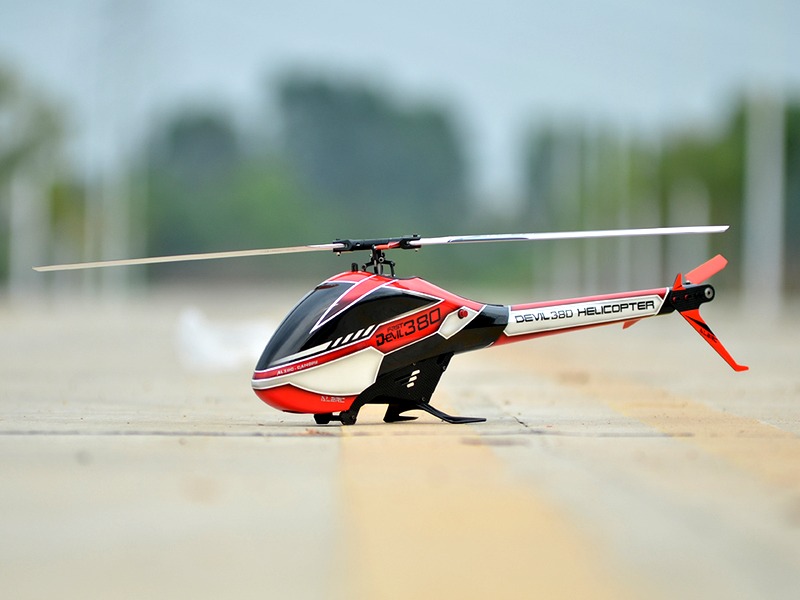How does a RC helicopter auto rotate?

RC helicopters auto rotate as a result of momentum and lift. Momentum is created when the rotor blades spin, and lift is caused by the changing air pressure generated by the spinning blades. When the helicopter is in flight, the rotor blades create the lift necessary to maintain altitude. At a certain point, the lift generated by the blades is no longer enough to maintain altitude. As a result, the helicopter begins to slowly descend.
As the helicopter descends, the rotor blades move slower, reducing their lift and increasing the momentum. As the rotor blades move slower, the air pressure generated by them begins to decrease as well. This decrease in air pressure will cause the helicopter to begin rotating in a circular motion as the momentum continues to build.
The reason the helicopter rotates is due to the unequal distribution of lift on each of the rotor blades. As the helicopter starts to rotate in a circular motion, the air pressure generated by the rotor blades is unevenly distributed. The rotor blades that are receiving more lift will have a greater force on them, causing them to move faster than the rotor blades that are receiving less lift. This creates an imbalance in the rotor blade speeds, which results in the continued rotation of the helicopter.
In order to combat the auto rotation of the helicopter, the pilot needs to immediately reduce the throttle and apply full negative collective pitch. The decrease in throttle will reduce the rotor blade speeds and reduce the momentum that is causing the auto rotation. The application of full negative collective pitch will change the angle of attack of the rotor blades and create an equal distribution of lift again, which will help to slow the rotation of the helicopter.
In some cases, applying full negative collective pitch and reducing the throttle may not be enough to stop the auto rotation. If the rotor blades are still spinning at a high speed, the pilot may need to apply left or right cyclic in order to stop the rotation. Applying cyclic will cause the rotor blades to tilt in the direction that the cyclic is applied and will cause the helicopter to move in that direction as well. This will create an equal distribution of lift on each of the rotor blades and stop the auto rotation of the helicopter.
In conclusion, auto rotation in RC helicopters is caused by the unequal distribution of lift generated by the rotor blades. The imbalance in rotor blade speeds causes the helicopter to rotate in a circular motion. In order to stop the auto rotation, the pilot needs to reduce the throttle and apply full negative collective pitch or apply left or right cyclic. By doing these steps, the pilot can effectively stop the auto rotation and regain control of their helicopter.
Comments / Question
2. Practice using the system in an open, unobstructed area with no people or obstacles nearby.
3. Set the helicopter altitude to a safe level before attempting any maneuvers.
4. Make sure the area is free of strong winds or gusts that could affect the flight of the helicopter.
5. Avoid attempting any complicated maneuvers with the auto rotation system until you have become comfortable with its operation.
6. Always be aware of the battery charge level and land the helicopter before it runs out of juice.
7. Make sure to inspect the helicopter for any damage or wear before each flight.
8. Be aware of your surroundings and the other aircraft in the air.
2. Motor: The motor is used to spin the main rotor blades, creating the lift necessary for the helicopter to stay in the air.
3. Servo: The servo is used to control the direction of the motor and the speed of the rotor blades.
4. Receiver: The receiver is used to receive the signals from the transmitter and relay them to the servo.
5. Transmitter: The transmitter is used to send the signals to the receiver.
6. Battery: The battery is used to power the motor and the receiver.

